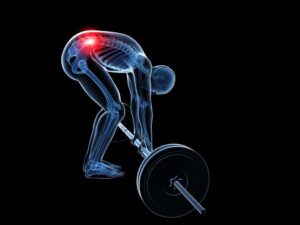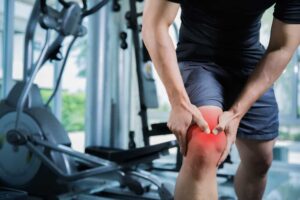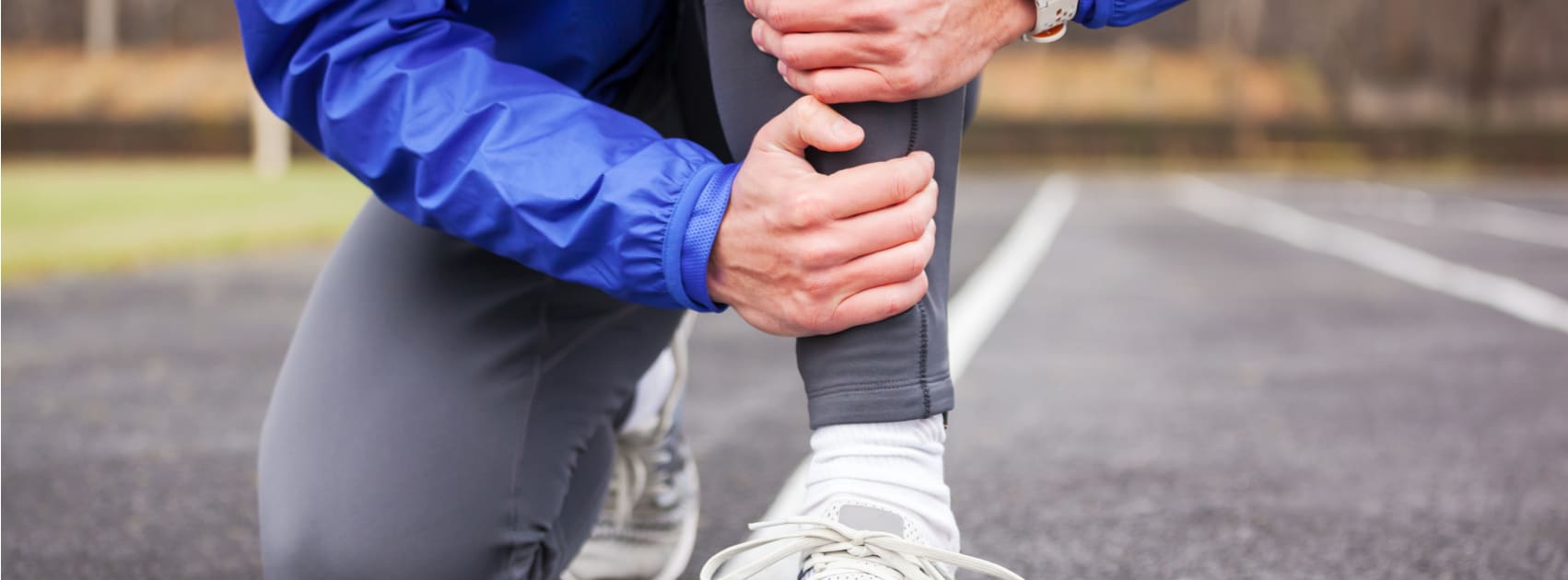There are some common injuries that we see in the gyms and also an increase in these injuries coming through our doors here at Flood Street Physiotherapy.
Strength training injuries happen because of poor ‘form’ and technique. This is the major contribution to these types of injuries. It is important to know how to lift correctly and help build a solid base of strength and stability.
Some of the most frequent injuries we see include:

- Herniated Disc Injuries/ Low Back Injuries
Patients often describe injuring their lower back when lifting some weights from the floor or racks. This poor lifting technique can cause an overloading to the muscles that are supporting our back. When we are in a flexed position this will put our discs in a vulnerable position and may become injured. Common symptoms associated with disc injuries will include a restriction of movement and altered sensations such as pins & needles, numbness or tingles in our legs. There may also be associated weakness with the lower limbs.
Prevention Tip: Back injuries can be avoided by maintaining a neutral spine and avoiding flexing/extending the lower back while under a heavy load/weight.

- Shoulder Injuries
Lifting heavy weights overhead can lead to shoulder injuries including rotator cuff injuries, labral tears and shoulder impingement syndrome.
Shoulder impingement is when some of the structures that support the shoulder joint may become inflamed, this will cause pain at the front and side of the shoulder and upper arm. Those suffering with this injury may have a ‘painful arc’ when reaching forwards or to the side.
Prevention Tip: When those doing a shoulder workout they tend to forget that the shoulder joint is made up of the shoulder blade and upper arm. Therefore it is important to take note of your exercises to engage the back of the shoulder and maintain good alignment. Do not use those cheat moves by overusing your upper shoulders in a ‘shrugging move’- Keep your shoulders down and away from the ears avoiding overuse of these accessory muscles.

- Patellar Tendonitis
The patella (kneecap) is a common source of pain often seen in those who do strength training. This injury is characterised by pain and tenderness below the knee cap (along the patellar tendon). With this injury it is advised to rest to allow the inflammation to decrease – following this period of rest your Physiotherapist will provide you with strengthening exercises without causing overloading of the patellar tendon. Thereby improving the tensile strength of the tendon, enabling it to withstand more load.
Prevention Tips: When carrying out body-weighted exercises such as squats, lunges and step ups; ensure that your knee is in line with your second toe. This will help decrease any unwanted stresses to the knee, which will exacerbate knee problems.
TIP: To help prevent injuries – ensure that you carry out a dynamic warm up prior to each training session. Correct any muscular imbalances (this can be assessed in the clinic) and also ensure flexibility training after your work out. This can be done through foam rolling and a modified stretching programme.
For more information or to book your appointment please call us on 091 456 086 or you may use or online booking system ‘BOOK NOW’



